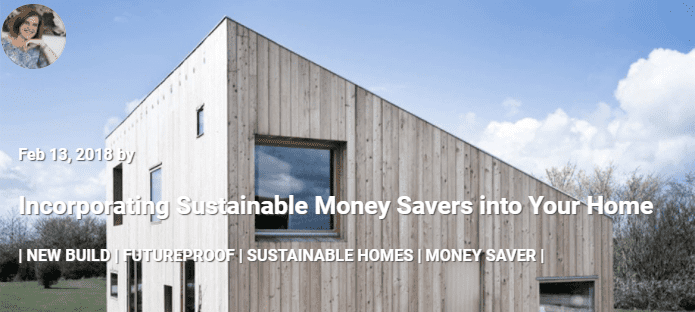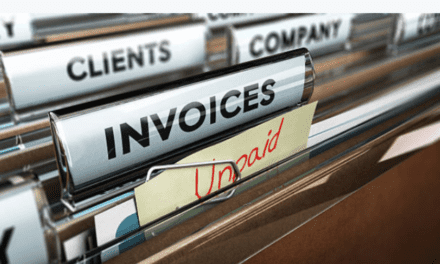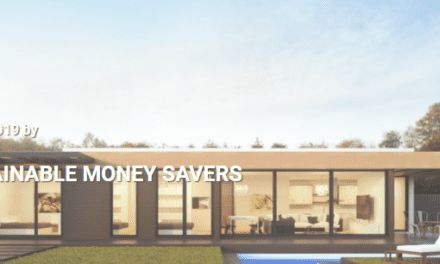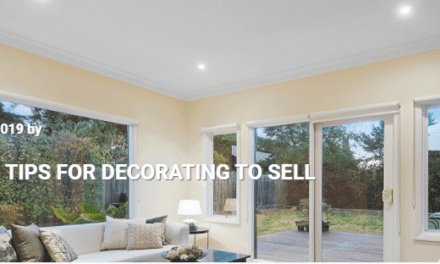Sustainable, energy-efficient design principles can save money and the environment, so why wouldn’t you want to incorporate them into your Forever Home?
A few reasons why sustainable principles are worth considering;-
- Sustainable homes can provide comfortable, healthy living conditions year-round, whilst consuming very little energy from the grid. You can save money and the planet, and improve your life all at the same time!
- Retrofits can never be as effective as incorporating sustainability into your build from the outset. By creating a sustainable design, you can optimise both the efficiency and cost-effectiveness. Do it once and do it right!
- Well-designed sustainable homes are not only more comfortable and cheaper to run, but they tend to be better built, meaning your Forever Home can have a longer lifespan and command a higher sale price.
Many new homes these days seem to be built in defiance of nature – huge expanses of glass, but no eaves or awnings in sight. Yet the sun is the most obvious and abundant source of free energy we have, delivering heat into our homes, whether we want it or not! Your window placement, shading, and how your house is situated on your site enables you to maximise your sun in winter and minimise it in summer so that your house is at a comfortable temperature throughout the year, utilising minimum or no grid energy for heating or cooling.
Leveraging the sun for warmth, and breezes and shade for cooling doesn’t cost anything, however, you do need to engage advice to ensure the design has maximum impact for energy saving credentials. They can consult with and guide your architect on key areas, if your architect is not qualified in this specialised area.
Glazing (windows) is also important in terms of where you maximise and minimise the direct sun. North-facing windows let in the most light and heat, but should be shaded completely in summer. This could be by an eave, pergola, or a deciduous tree in some cases. Remember, the east and west-facing windows will have direct morning and afternoon sun, and this will cause the house to heat up if not shaded, and blinds on the inside won’t help that much. To catch breezes, placement of windows, and their opening mechanism.
In winter, we want to keep the heat inside, so think about double glazing. A consultant can advise on type, best orientation, size, and type of opening. Many homes utilise awning windows, however, these don’t maximise on any breeze that would allow a home to cool down. The breeze is also affected by where your doors are placed inside your home, so it can optimally flow through your house and cool it down in summer.
Finally, ventilation is another critical area as air leakage in a home accounts for 15-25% of winter heat loss in a building, and can contribute to significant loss of cool air in summer months (when the air conditioner is used). Air leakage (air getting out of, or into the home) means that you’re wasting energy and money. Draughty homes cost more to cool and heat, so an airtight building is something to consider. Remember, airtightness requires mechanical ventilation to provide fresh air and prevent mould. Consider a heat recovery ventilator to allow fresh air to come into the home without opening windows, as well as preventing heat loss.
Good design is critical to achieving a lifetime of thermal comfort, low energy bills, and low greenhouse gas emissions. Not thinking about sustainable design will cost you in the long run through increased energy bills, however, by designing right at the start you can save money.
You may feel that incorporating sustainable features is not something you can afford, particularly as building is expensive as it is. The key thing here is that many features don’t cost extra. Passive solar design doesn’t cost a thing in terms of the way your home is oriented on the block, the thermal mass that you can create in a building, where you’re able to retain the heat, where your windows are located, and minimising glazing actually saves you money.
Other sustainable features will pay you back over time, for example, solar electricity. This is something you may be able to provision for and install later. It is an additional cost to a standard build, but once installed, over a certain period of time you will be able to heavily reduce, if not eliminate your electricity bills altogether. If you’re after a healthy, comfortable and energy-efficient home that saves you money, incorporating sustainable features in your home will give you these benefits.
If you need assistance with sustainable choices for your home, and what’s best to incorporable based on your budget, we’d love to help you out, so get in touch with us at www.whitepebbleinteriors.com.au/contact/
Credit: Featured Image The Light House by Sigurd Larsen





